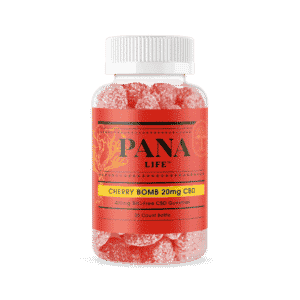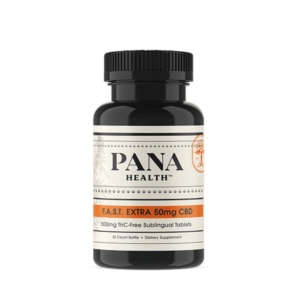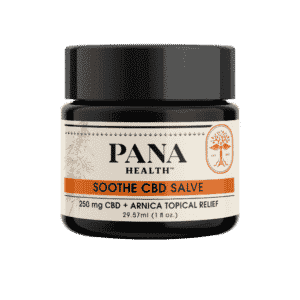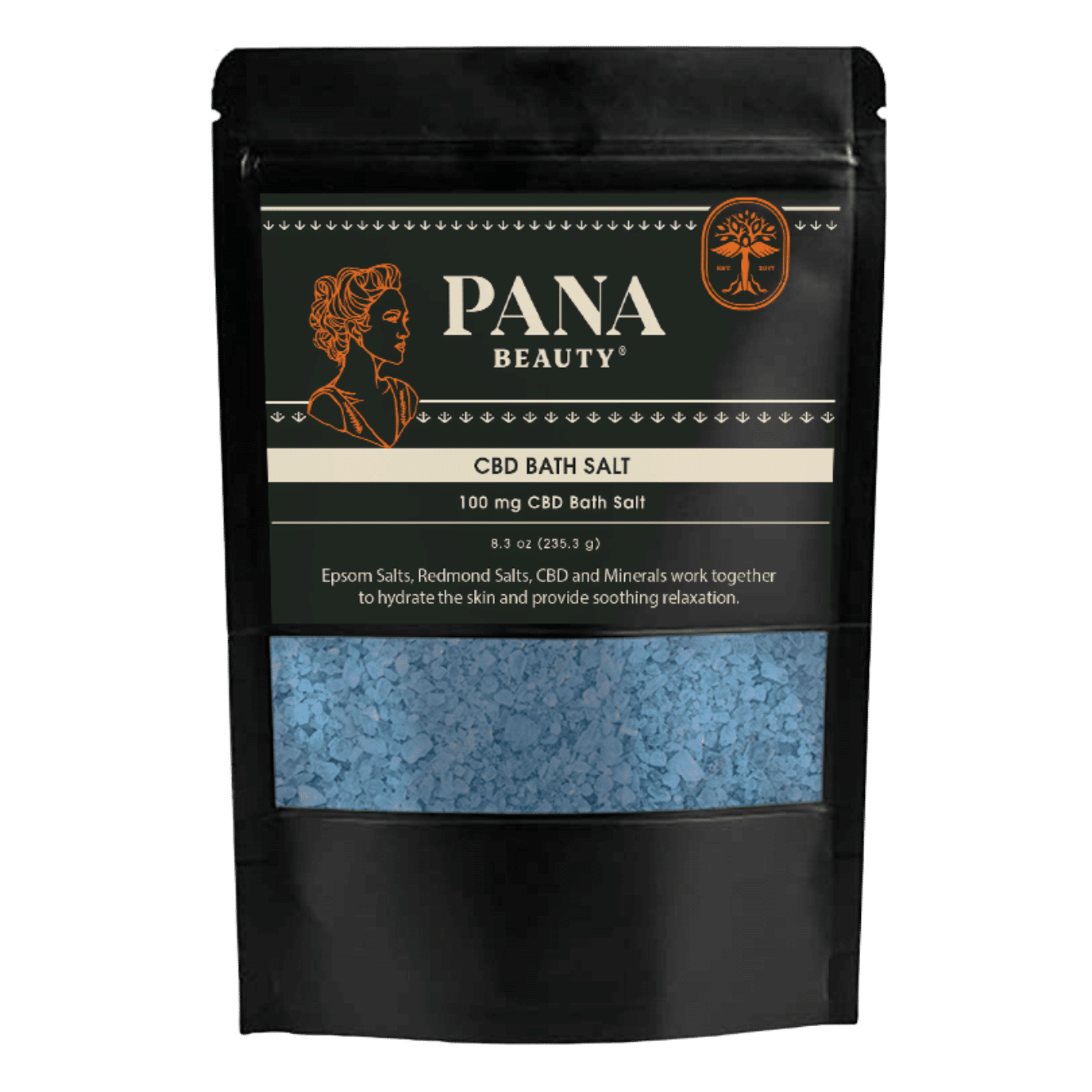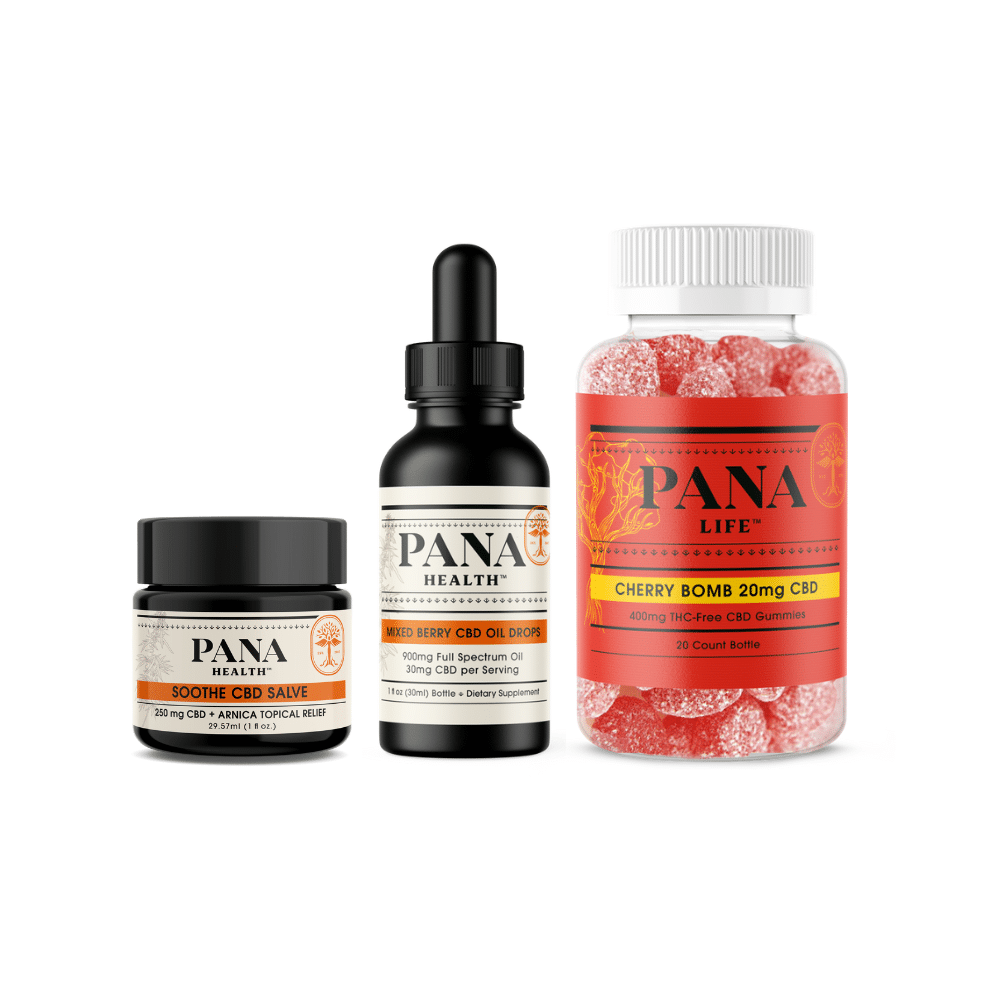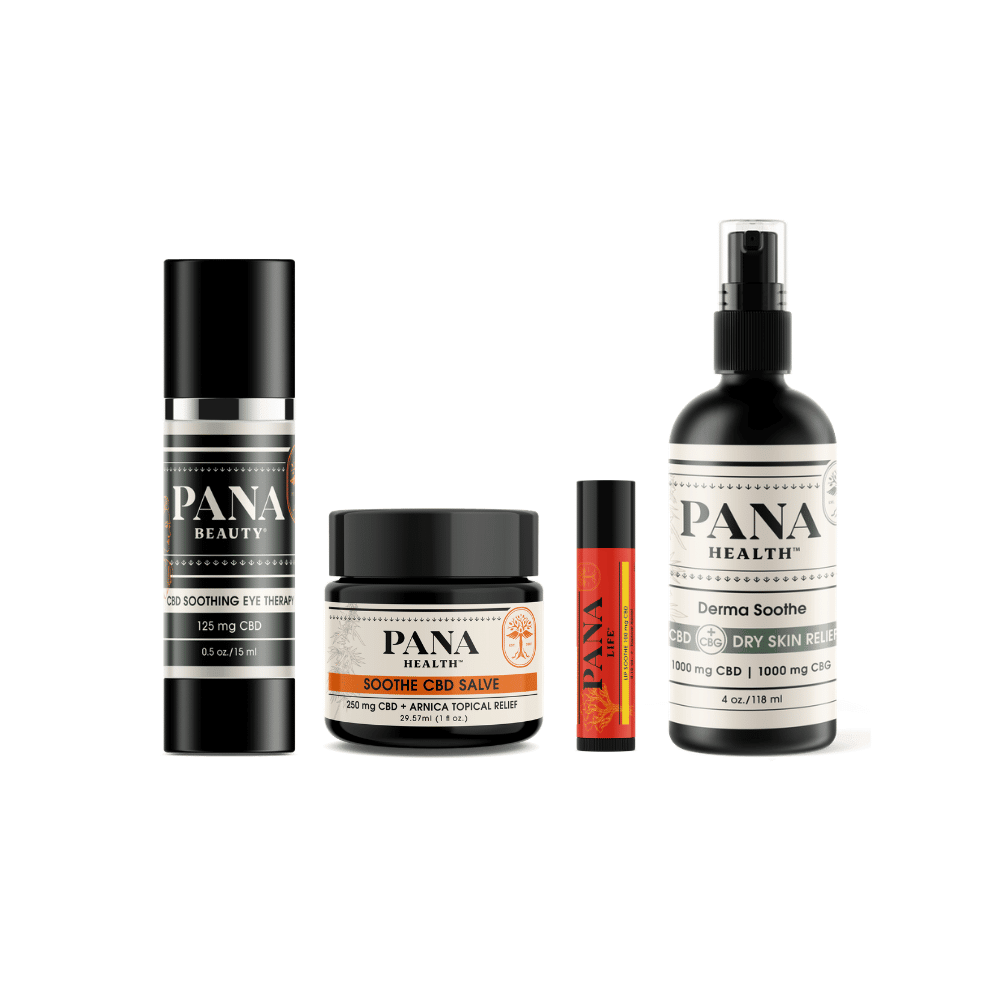The largest organ of our body is our skin. It’s a living organism; it breathes and does an excellent job of protection against foreign bodies and infections. However, just as eating the right food satisfies our digestive system, the right cream and lotion can do wonders for our skin. Recently, cannabidiol (CBD) has found its way into the beauty industry as companies look at how best to incorporate this helpful supplement.
While the reported anti-inflammatory and antioxidant nature of CBD seems to make it ideal for use in a beauty cream, it is the research into topical CBD and skin problems that makes this ingredient so exciting.
CBD Topicals
Let’s talk about topicals. Topicals are CBD-based balms, oils, and creams that are applied to the skin. CBD can be a powerful ingredient in skincare products. It has shown potential to both diminish inflammation and decrease discomfort.
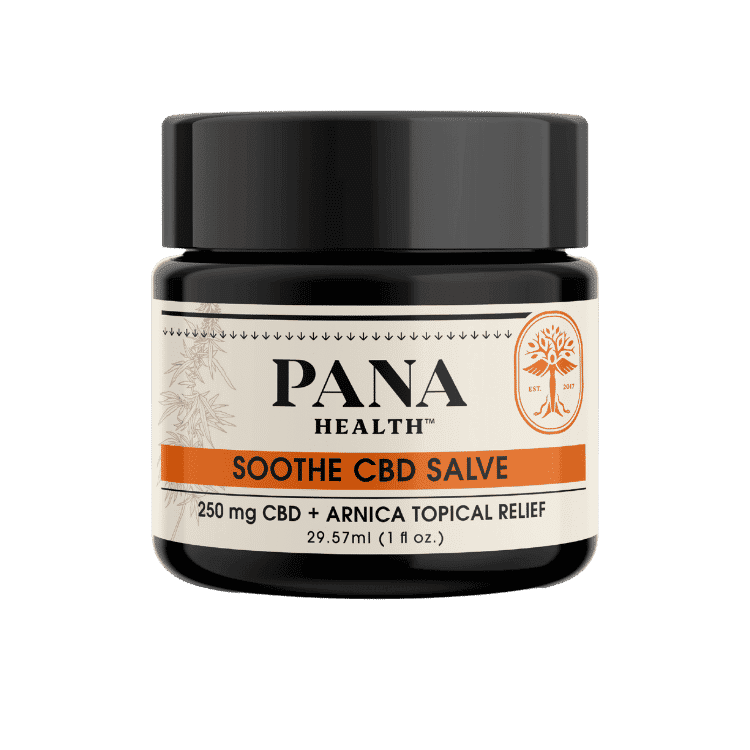
Confusion about cannabis-based alternatives is always present because of the abundance of cannabis products, so a clear understanding of what topicals are is essential. For this reason, we have decided to clarify as fully as possible everything there is to know about CBD creams.
With the right information and research, you will soon learn the lingo and know all the differences between products.
Many consumers (for both medical and recreational use) prefer CBD ointments for a variety of reasons, including the relief they provide. Here is our guide to everything you need to know about CBD ointments.

-
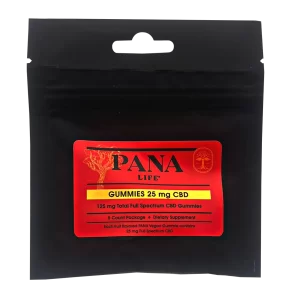
Full Spectrum CBD Gummies TO-GO Pack
$6.95 Add to cart -
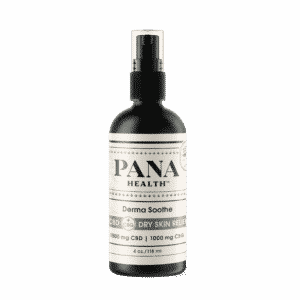
Derma Soothe CBD + CBG Dry Skin Relief
$9.95 Add to cart -
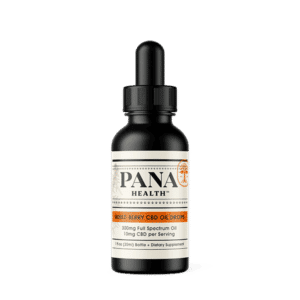
CBD Oil Drops (Full Spectrum)
From: $17.45 Select options This product has multiple variants. The options may be chosen on the product page
What are CBD ointments?
Cannabis-based topical ointments have been around for thousands of years, coming from ancient China and Ancient Egypt, where they were used to relieve pain and inflammation. Unfortunately, modern society has a bad habit of ignoring homemade remedies from our ancestors.
CBD Creams and Lotions
As far as CBD creams and lotions are concerned, the only big difference between ointments and balms is the presence of a small amount of water. Balms and ointments use oils, as well as wax as a base, but no water. This is a significant difference that impacts the final texture of the product. Other differences will be discussed later, including the amount of CBD present in ointments.
Understanding how CBD topical works
When ingested, CBD acts on the body’s Endocannabinoid System (ECS), promoting more efficient receptor linkages and supporting enzyme activity. The role of CBD is to support the ECS in maintaining balance. Fortunately, this same process applies to the skin, but rather than penetrating the bloodstream, CBD shows effectiveness at a localized level. When CBD is applied topically, it is absorbed through the pores of our skin, allowing it to work with the ECS.
Topical application
During topical application, lotions, creams, and other CBD products are applied directly to the skin. Topical application is preferable for helping with localized symptoms. Purely topic-based application of CBD functions locally – as CBD does not penetrate the skin or enter the bloodstream unless formulated with compounds designed to carry CBD across the skin barrier.
Topical CBD affects human sebocytes – the cells that make up the sebaceous gland, which produces an oily secretion that keeps the skin supple, also called sebum. If applied topically, CBD will absorb into the skin and collect inside the sebaceous gland. In other words, CBD can penetrate the sebaceous gland via hair follicles to modulate sebocyte function.
Local and transdermal creams
There is a difference between topical and transdermal creams. Transdermal means “skin permeable,” which means that the CBD passes through the skin and enters the body. The outer layer of the skin (epidermis) must protect the other layers of the skin (dermis and hypodermis) from pathogens, UV rays, or toxins. A transdermal cream, is specifically formulated to allow the CBD to be “admitted,” meaning that the active ingredients in the transdermal cream can also affect the lower layers of the skin.
A transdermal cream is, therefore, more appropriate for treatments where CBD has to be introduced into the bloodstream or where it has to penetrate deeper parts of the skin such as with anti-aging creams. Because transdermal CBD creams will penetrate the body, the cannabinoid may exert its effects throughout the body and thus may also help with relaxation and a calmer state of mind.
Topical creams, on the other hand, should be used if you want to treat a specific area of the skin. Topical creams are, therefore, mainly used to protect and repair, treat or reduce discomfort on the skin. However, they are also ideal for blemished skin. As you can see, a topical cream is more likely to be used to treat the surface. However, a CBD-based topical cream does not reach the lower layers of the skin, so the active ingredients are not absorbed into the circulatory cycle.
With a CBD topical cream, cannabidiol does not penetrate directly into the body as it would with CBD oil or CBD gummies. Nevertheless, the active ingredient in CBD interacts with the endocannabinoid system (ECS). Receptors for this system are also located in the skin.
How to use CBD balms
First, clean the area with soap and water to remove any residue of grease, dust, or previously applied creams or ointments. This will ensure that no barriers are preventing the area from recovering properly and that the best conditions for absorption are created.
For adults, massage the ointment generously into the area and allow it to be absorbed for a few minutes. Then apply bandages so that it does not come off. Monitor for bad reactions in the area like rashes, redness, itchiness, etc.
Older and young people often have thinner skin, thus apply a lower quantity.
Once applied, the ointment can take between one to 48 hours to work and relieve the area. This depends on the dosage, frequency of use, and the severity of the condition.
CBD Cream Components
The ingredients of a CBD cream are somewhat dependent on the manufacturer and the product. In addition to CBD, creams very often contain a multitude of natural ingredients as well as substances that could all be of therapeutic use.
These are mostly substances that are also known from other creams—for example, shea butter, beeswax, almond oil, sandalwood, aloe vera or eucalyptus oil. We find the combination of CBD with almond oil and shea butter optimal. These last two substances are also known to bring vitamin E to the body and help to reduce wrinkles.
In some cases, antioxidants such as Berberine or omega 3, 6, 7, and 9 fatty acids are added to creams. Among other things, they ensure cellular stability. Other cannabinoids such as CBC, CBG, or CBN are also partially included in CBD creams.
If a CBD cream derived from industrial hemp contains THC, it will only be in low concentrations that does not exceed 0.3% of the product. In short, the ingredients depend on the primary purpose of the cream: does it help with wounds or moisturize my skin?
Conclusion
Instead of consuming cannabis by smoking it, you can use topicals. If you are looking to improve skin health in specific areas, then CBD ointments will be an excellent alternative. Whether you are a beginner in the use of CBD products, or you are just hoping to relieve your discomfort without getting high, then topical CBD products will be exciting, especially CBD ointments.
Not only are topical products powerful and non-addictive, but they are also natural and have many benefits. There is no reason why you should not try CBD ointments, and why not recommend them to others.




